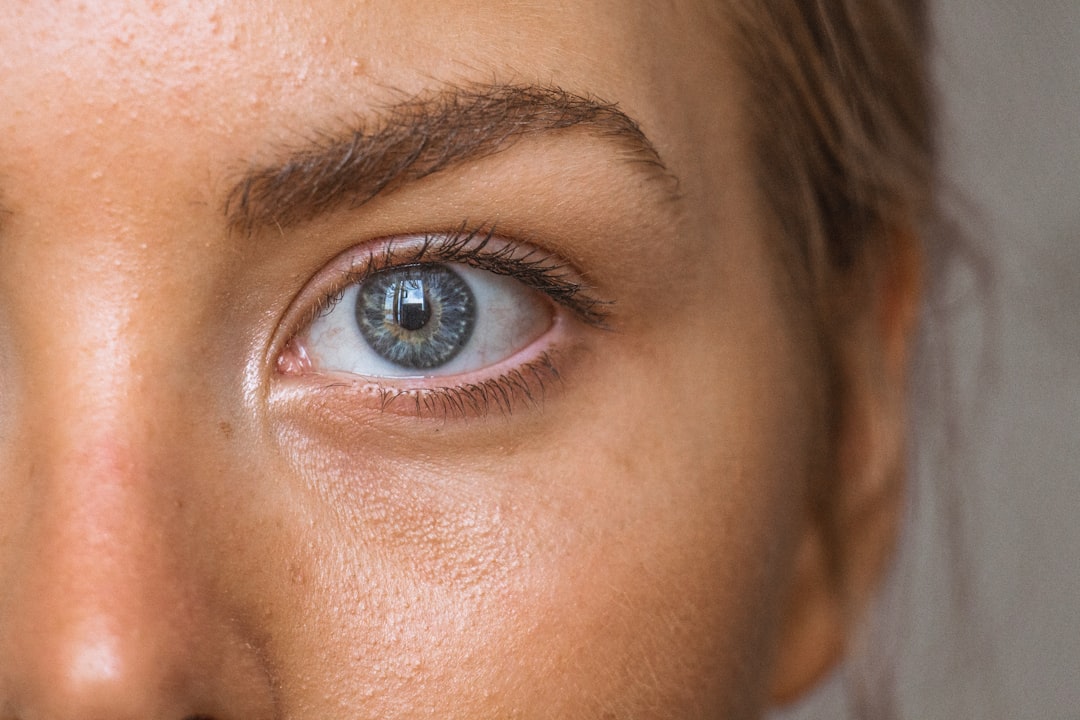What is it about?
To maintain our health and ability to function through the life course, we need to regularly participate in physical activity. Yet, once we get older we tend become less active. In this study, we explored if those who participate in several sport activities in adolescence are more active in adulthood. We found that girls who had participated in 5 or more sport activities in adolescence were engaged more in physical activity in adulthood than those who had participated only in one sport.
Featured Image

Photo by Bruno Nascimento on Unsplash
Why is it important?
While work-life has become more sedentary, the meaning of physical activity in leisure-time has increased. It is generally known that physical activity is good for you health, it lowers your blood pressure, decreases the risk of chronic diseases such as diabetes, stroke, coronary artery disease, depression and dementia. World Health Organization recommends at least 150 minutes of walking or 75 minutes of running per week and muscle strengthening, balance and agility improving activities twice a week. Thus, we should participate in different kinds of sport activities to maximize the health benefits related to physical activity. Moreover, we should regularly participate in physical activity throughout the lifetime. To achieve the diversity of physical activity and sustain the participation through the life course, it is important that we encourage people to participate in several sport activities in adolescence to create versatile motor skills.
Perspectives
During my adolescence I mostly practiced figure skating which fortunately included different kinds of supplementary exercises such as dancing, gym training, outdoor training, and sometimes even running. I feel that the diversity of exercises in adolescence has helped me later in life to engage in different kinds of sport activities even if I have had some knee pain or lack of time. I have acquired versatile motor skills early on and I am not afraid to try out new sports (excluding some extreme ones). The other deeply meaningful point in this study for me was that I have seen many who participate only in one sport getting overuse injuries and/or quitting sports completely because of monotonous and/or exhausting training. These kind of outcomes could partly be prevented with participation in diversity of sport activities instead of only one sport.
Sara Kaartinen
Helsingin Yliopisto
Read the Original
This page is a summary of: Diversity of leisure-time sport activities in adolescence as a predictor of leisure-time physical activity in adulthood, Scandinavian Journal of Medicine and Science in Sports, January 2017, Wiley,
DOI: 10.1111/sms.12837.
You can read the full text:
Contributors
The following have contributed to this page










